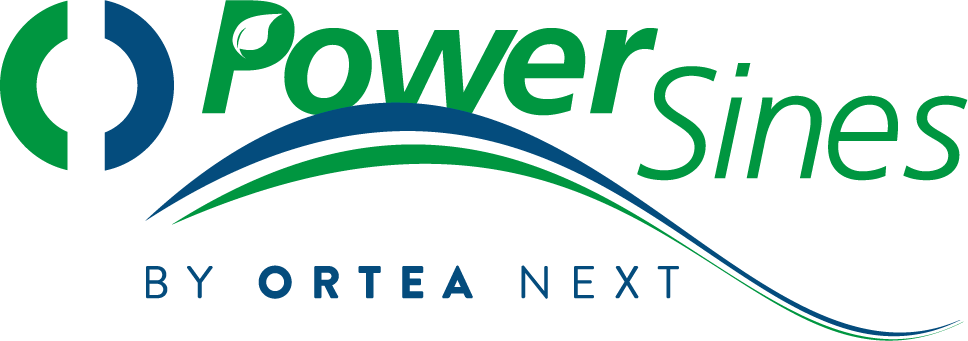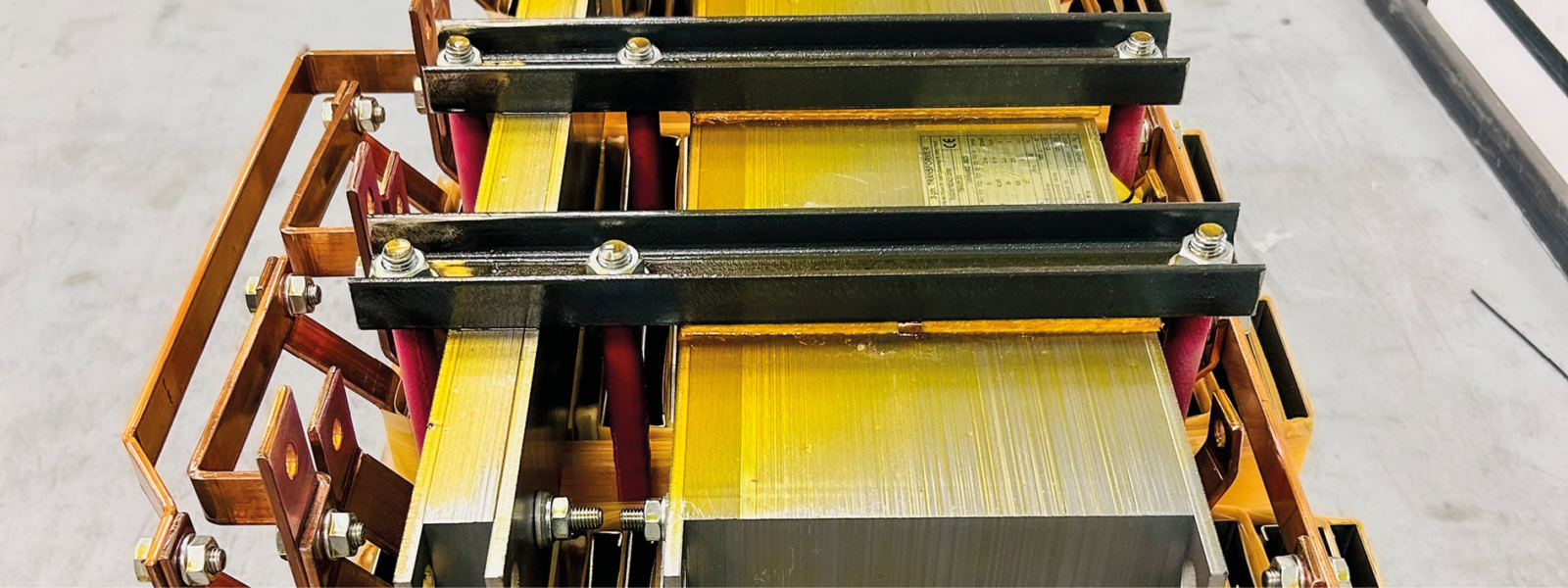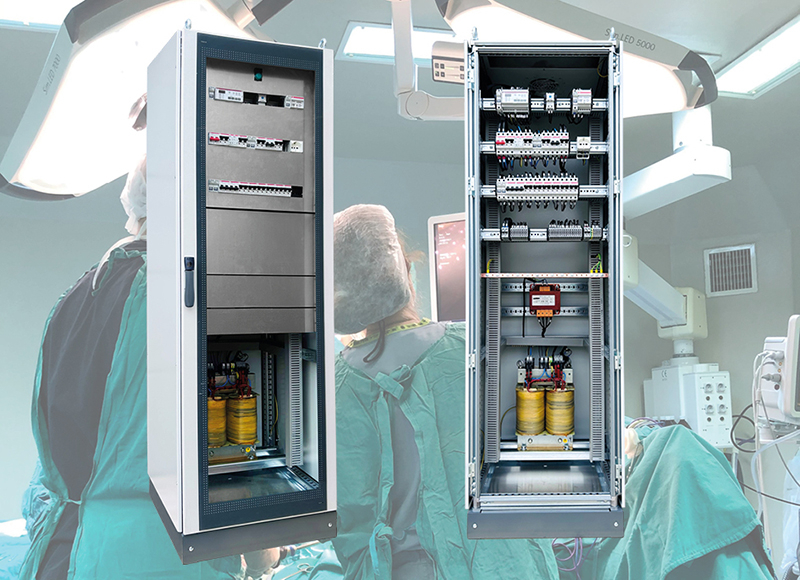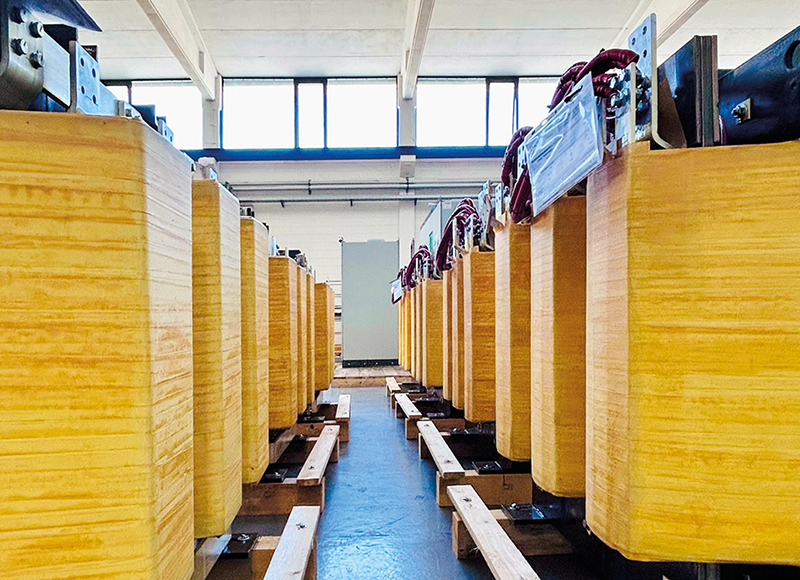One of our long-standing Italian customers raised a technically challenging request: to supply a series of transformers for UPSs with a dual feed intended for an eastern market with 60Hz power frequency. This request led to the design of a copper transformer with integrated reactor and zig-zag secondary, featuring a double delta primary. In this article, we will explore the distinctive features of this solution and its considerable advantages in the UPS market.
THE TECHNOLOGICAL CONFIGURATION
The zig-zag configuration of the secondary offers a balancing of the phase currents returned to the primary, reducing the risk of imbalances caused by unbalanced loads or disturbances in the mains. In addition, thanks to this transformer configuration, there is an improvement in the power quality at the input to the UPS, reducing the damaging effects of disturbances and anomalies in the network.
The integrated reactance reduces the short-circuit current, protecting the transformer and other system components. In addition, the reactance acts as a filter, reducing harmonics in the mains, i.e. those undesirable frequency components in the electrical waveform that can be caused by non-linear loads in the system. The presence of a reactance can attenuates some of these harmonics.
The main aspect of this technological configuration lies in the choice of two separate delta primaries, linked to the presence of two separate and isolated power sources at the same voltage, which allows the creation of a UPS system with a “dual input” or “dual feed” configuration. In such a power supply system, the UPS is designed to receive power from two power sources and automatically switch between them in the event of failure or interruption of one of the sources. This ensures continuity of power supply to critical loads.
The use of two separate delta primaries may be a specific design choice to accommodate two separate sources, each of which may have slightly different characteristics and parameters. The separation of the delta primaries helps isolate the two sources, preventing unwanted current flows between them.
THE BENEFITS OF A DUAL FEED UPS SYSTEM
This dual feed configuration offers several benefits:
- Redundancy and reliability: The presence of two independent power sources offers greater redundancy to the system. In the event of failure or interruption of one of the sources, the UPS can automatically switch to the other source. This redundancy significantly improves the overall reliability of the system.
- Maintenance without interruption: The presence of two sources allows scheduled maintenance without interrupting power to the UPS. During maintenance on one of the sources, the UPS can continue to receive power from the second source without any interruption to the connected devices.
- Adaptability to different power sources: In environments where two different power sources are available, for example mains power and power from an emergency generator, dual input allows both sources to be used for greater flexibility and resilience.
- Energy saving: In some cases, energy efficiency can be optimised by using the most efficient power source depending on conditions or energy cost.
- Protection from power quality problems: The presence of two sources can help mitigate the effects of power quality problems, such as disturbances, voltage variations and interruptions, from one of the sources.
In a world where power reliability and continuity are crucial, this case study is a prime example of how technology can respond to specific market needs by offering advanced and reliable solutions.







